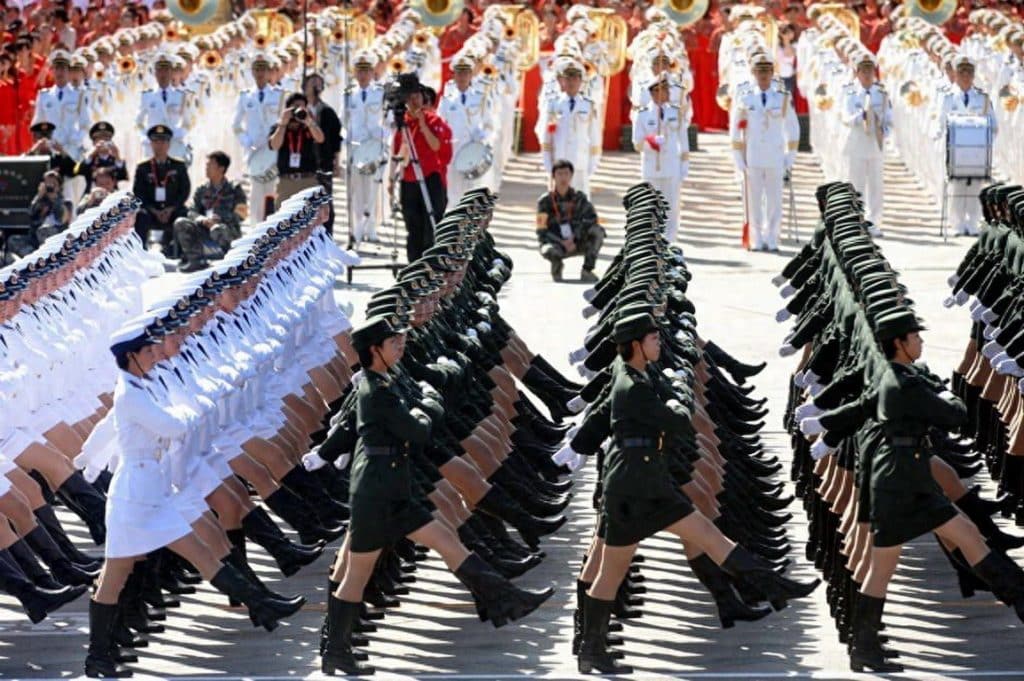On September 23, 2025, a Chinese Type 052D destroyer sailed east into the Sōya Strait, coming within sight of a Borei-class strategic nuclear submarine that Russia also transited through shortly afterward. According to Japanese reports on September 24, a Chinese naval formation including the Type 052D destroyers Huainan and Kaifeng and the Type 903A integrated replenishment ship Dongpinghu steamed via the Sōya Strait into the Sea of Okhotsk. Those same three vessels had transited the Tsushima Strait into the Sea of Japan on September 17. Separately, the Chinese electronic reconnaissance ship #791 entered the Miyako Strait on September 20 and proceeded into the Pacific.
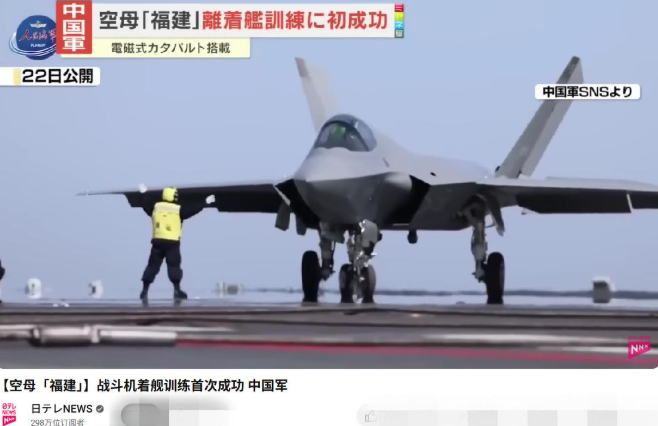
At roughly the same time on September 24, Japan’s Self-Defense Forces monitored the Pacific Fleet dispatch of a Borei-class strategic nuclear submarine into the Sōya Strait. Japanese authorities reported that the cruiser Varyag (a Slava-class ship), a Borei-class (sometimes rendered in local reporting as “North Wind God”) A-type strategic submarine, and a rescue vessel passed through the Sōya Strait into the Sea of Japan. Japan’s Defense Ministry noted that this was the first time the Maritime Self-Defense Force had photographed a Borei-class strategic submarine of Russia’s Pacific Fleet in these waters. The near-simultaneous presence of Chinese and Russian warships around Japan — during the days following China’s public reveal of carrier Fujian’s electromagnetic catapult tests — shocked Tokyo observers.
Chinese patrols along this route are becoming more routine, and the Arctic and northern passages are being integrated into those routing options. Together, these patterns suggest preparations for unrestricted operations around Alaska and year-round freedom of navigation. The Borei-class strategic submarines are not merely tactical assets for drills; their presence signals a strategic-level posture. If nuclear operations were ever to be executed at scale, proponents argue, a Pacific Fleet Borei boat firing multiple heavy submarine-launched ballistic missiles could threaten major urban centers in the region — a point some analysts use to underscore the potential strategic impact.
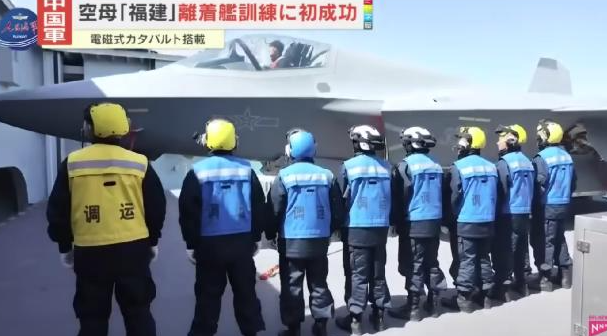
Japanese broadcaster Nippon TV (Nippon Television Network) reported on September 24 that China’s carrier Fujian had successfully completed its first deck landing training for carrier aircraft. Though the timing of the report lagged behind other outlets, Nippon TV highlighted Fujian together with the J-35 carrier fighter — unlike some other outlets that omitted footage of a J-35 electromagnetic catapult launch.
On September 25, China’s Ministry of National Defense responded to questions about Fujian’s commissioning timeline: “The successful electromagnetic catapult launches and recoveries of the J-15T, J-35 and KJ-600 (Airborne Early Warning) aboard Fujian demonstrate that the carrier possesses electromagnetic launch and recovery capabilities,” the ministry said. It added that these tests lay a solid foundation for integrating various carrierborne aircraft into a carrier strike group. The ministry emphasized that the formation of a carrierborne strike system and carrier strike group — including aircraft numbers, pilot training results, and the future integration of multiple types of carrier drones (such as the attack-11 drone as a loyal wingman to the J-35 and KJ-600-directed combat UAVs) — is more consequential than the exact commissioning date.
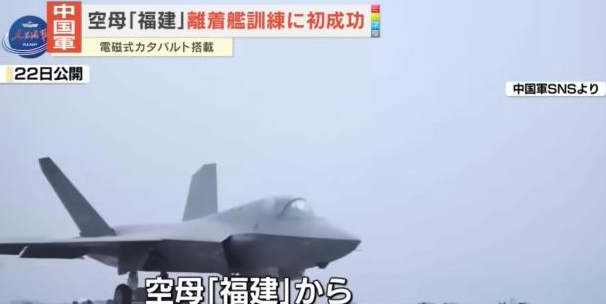
Observers noted a striking claim: Fujian is the first carrier in human history to use an electromagnetic catapult to launch a stealth fighter. By contrast, the U.S. Ford-class carriers have not publicly demonstrated electromagnetic launches of the F-35C. Supporters argue that Fujian’s electromagnetic launch system and medium-voltage direct current power architecture represent a major technological advance and a revolutionary step for carrier operations.
Still, some analysts caution that propulsion — not just the catapult — is the decisive factor for a carrier’s sustained combat power. Nuclear propulsion is often cited as the next logical leap: a nuclear-powered carrier yields far greater endurance, operational radius, and sustained sortie generation than conventionally powered ships. Effective carrier task groups require two core attributes — endurance and mobility — alongside escorts (destroyers, frigates), logistics (replenishment ships), and submarine support. Together they form a carrier strike group capable of high-tempo, long-range operations.
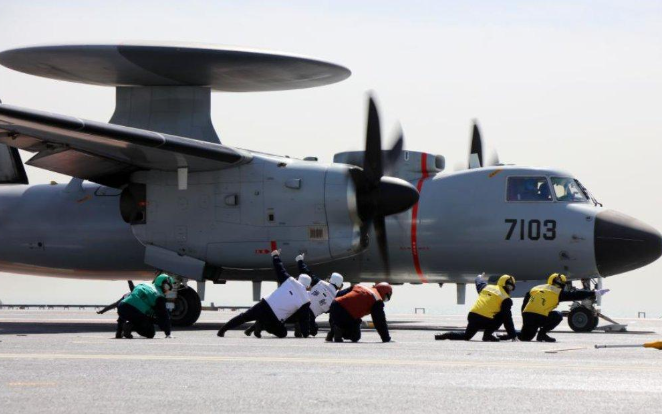
Finally, the article’s tone reflects a broader narrative: proponents contend that China’s strengthening of naval power serves a national conviction that its strength helps uphold justice and secure peace, and that a powerful China is necessary to guide humanity’s future. Critics and regional neighbors, however, may view such demonstrations as increases in strategic pressure that reshape regional security calculations.


